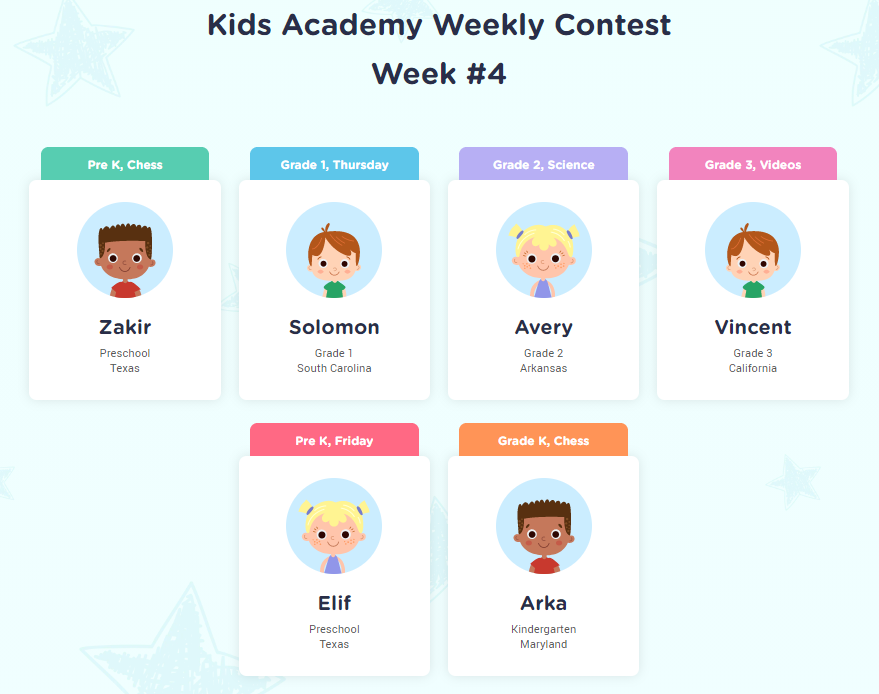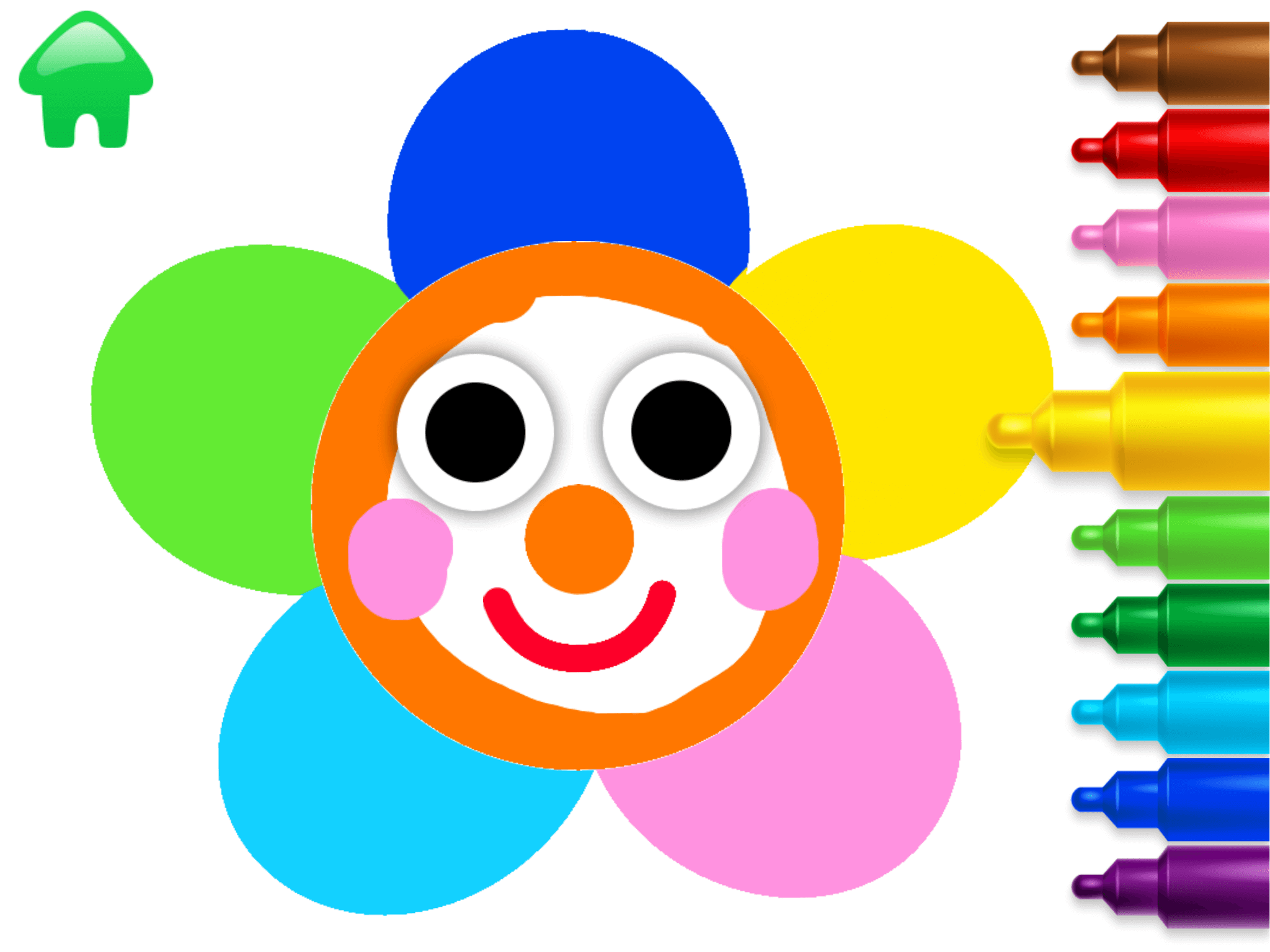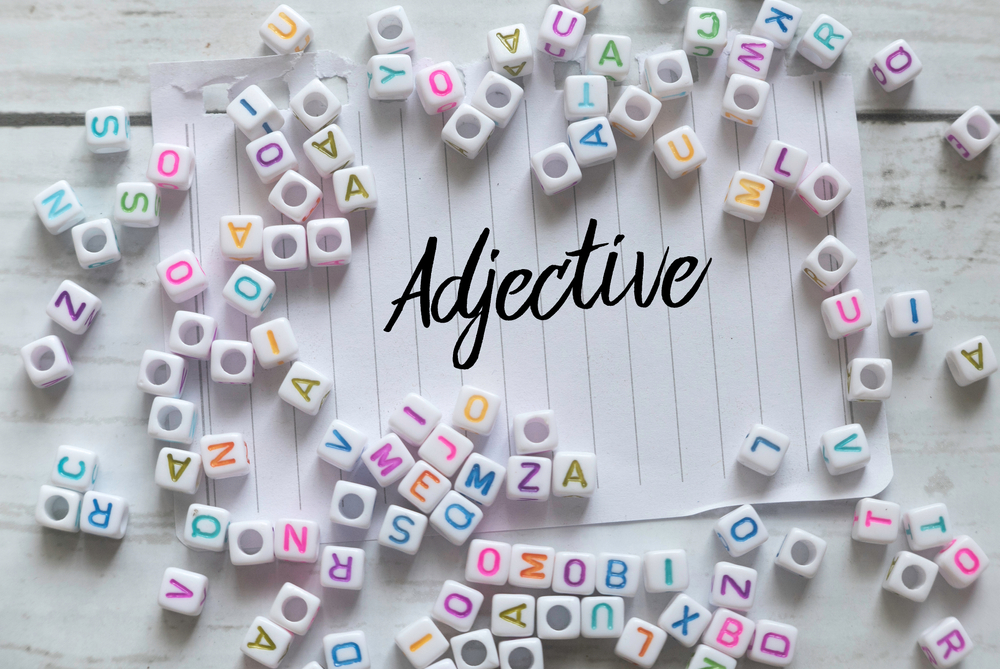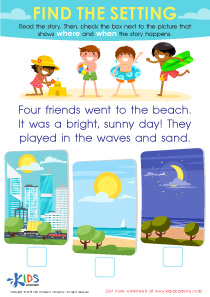Subtraction practice Easy Worksheets for Ages 6-7 - Page 2
27 filtered results
-
From - To


Harvesting Subtraction Stories Worksheet


Count and Subtract Worksheet
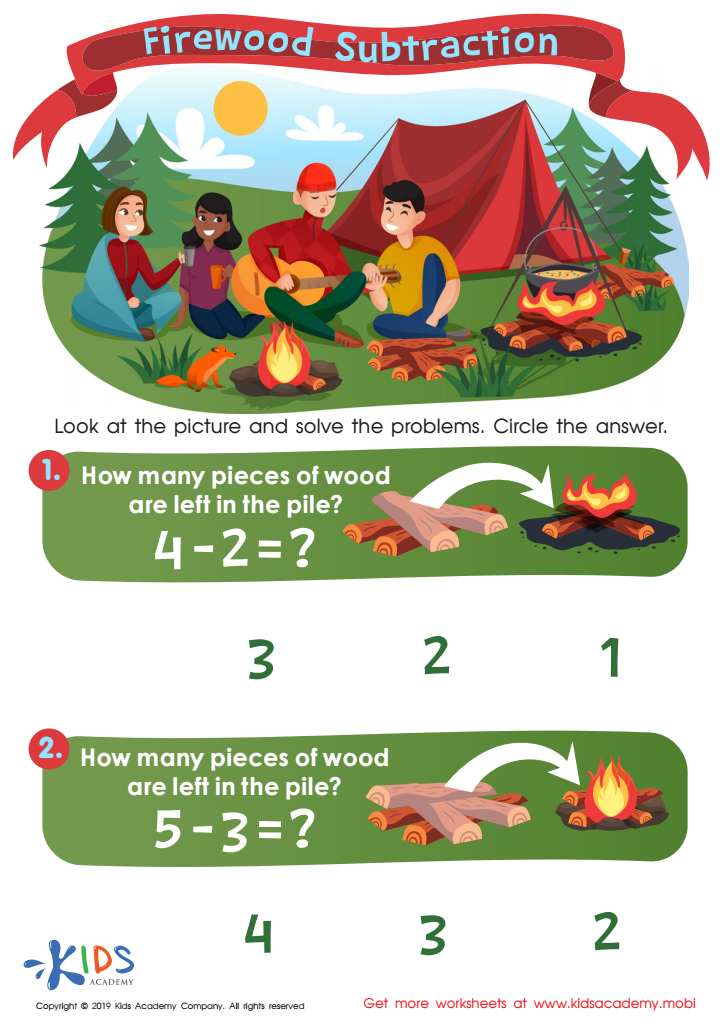

Firewood Subtraction Worksheet
Subtraction practice for ages 6-7 is crucial for several reasons. First, mastering basic subtraction lays the foundation for future mathematical concepts. At this age, children transition from concrete to abstract thinking, enabling them to grasp more complex operations as they progress in their education. For instance, a solid understanding of subtraction will significantly aid in learning addition, multiplication, and eventually, division.
Additionally, regular subtraction practice helps build confidence in young learners. As children repeatedly engage in these exercises, they become more comfortable with numbers, which can reduce anxiety related to math. This confidence can translate into enthusiasm for learning, fostering a positive attitude toward future mathematical challenges.
Moreover, subtraction skills are applicable in everyday situations. From managing pocket money to understanding time or measuring ingredients in cooking, children who excel in subtraction will feel more competent in real-life scenarios.
Lastly, involving parents in subtraction practice encourages a supportive learning environment. It builds a strong partnership between home and school, enhancing communication about educational goals. Overall, prioritizing subtraction practice helps develop critical thinking and problem-solving skills, ensuring that children are well-prepared for subsequent academic challenges.
 Assign to My Students
Assign to My Students





